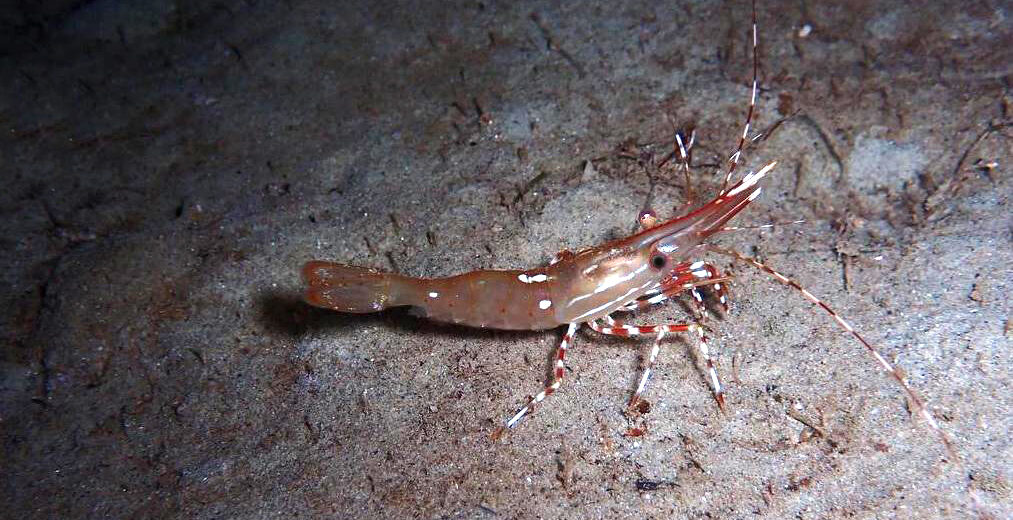
The spot prawn is a type of prawn, aka large shrimp, that hails from the Pacific Northwest. Prawns are crustaceans that are related to crabs and lobsters. These particular crustaceans prefer muddy, rocky, and sandy bottoms and habitats near corals and sponges. They can be found at depths of up to 1,600 feet. Even though these prawns are heavily fished for human consumption and they face habitat destruction and the effects of pollution and climate change, these critters are still listed as Least Concern by the IUCN. This article is dedicated to my son’s friend, Colton.
First the Stats…
Scientific name: Dendrobranchiata
Weight: Up to .26 lb.
Length: Up to 12 inches
Lifespan: Up to 11 years
Now on to the Facts!
1.) These critters are sexually dimorphic (there is a notable difference in appearance between male and female) in that females are much larger than males.
2.) Throughout their lifetime, these crustaceans will molt their exoskeleton, as they grow.
3.) Like all prawns, they have a long, serrated projection, called a rostrum, that houses their teeth.
4.) They have 10 pairs of legs. 5 pairs of legs are located on their thorax and are called pereopods. The other 5 pairs of swimming legs are located on their abdomen and are called pleopods.
5.) Spot prawns are nocturnal (active at night).
But wait, there’s more on the spot prawn!
6.) During the day, they will take shelter in aquatic grass or bury themselves in the sand.
7.) The spot prawn feeds on algae, plankton, sponges, worms, mollusks, and small shrimps.
Did you know…?
Spot prawns undergo sequential hermaphroditism (this means they start out as 1 gender and later change to another). Most of these prawns start out as males. Then when they reach about 8 inches long (about 2 years), they transform into females.
8.) Squids, halibut, cod, flounder, salmon, and humans all prey on spot prawns.
9.) In October, spot prawns migrate into shallower water (around 500 – 700 feet) to breed.
10.) Females produce up to 5,000 eggs that the male fertilizes. She will then carry these eggs with her, via her specialized hairs on her pleopods, called setae.
But wait, there’s still more on the spot prawn!
11.) The female will carry the eggs with her for about 5 months, till they hatch.
12.) Once the eggs hatch, the larvae become free-floating plankton for about 3 months. Once they grow large enough, they settle on the ocean floor.
13.) Growing quickly, these prawns reach sexual maturity at about 7 months of age.
14.) Males mate several times in their lifetime, while females mate only once.
Now a Short Spot Prawn Video!
Be sure to share & comment below! Also, check out the Critter Science YouTube channel. Videos added frequently!
Want to suggest a critter for me to write about? Let me know here.



